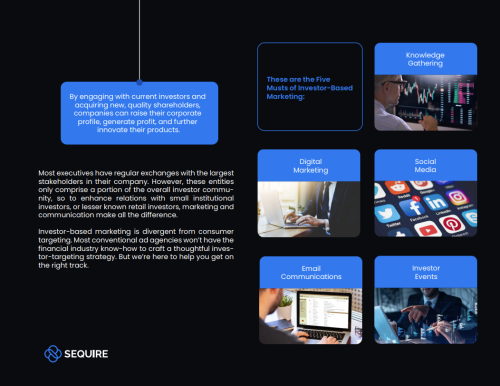‘My view on virtual and hybrid meetings,’ Richard Taylor, CEO of AGM provider Lumi, tells IR Magazine, ‘is that this is just the beginning of a far more substantial change.’
After a 2020 meeting season marked by frantic shifts to virtual or closed-door AGMs, where Taylor says the main challenge was legal and the most successful outcomes were seen in jurisdictions that could quickly accommodate virtual in terms of the law, this year, markets and lawmakers had time to prepare. ‘Legislation is quickly evolving to accommodate virtual meetings,’ he says. ‘And although the primary legislation hasn’t changed, there’s now a real openness to sorting this out.’
Where it’s all landed, he says, is very much on a hybrid model. ‘That’s both from a legal perspective and where I see this in terms of shareholder expectation – and certainly from the companies themselves.’
The pandemic has resulted not just in rapid allowances in the law to let companies hold virtual meetings in the first place but also in a real shift in the way people think about virtual in terms of corporate governance, says Taylor. ‘Before, virtual was seen by some as a way of avoiding shareholders and so as an example of poor corporate governance. But that idea has been turned on its head.
‘If used properly, a digital meeting is far better corporate governance than physical-only.’
Now that people are very much comfortable with the virtual format, and beginning to return to some in-person meetings, too, Taylor says companies are starting to think about how hybrid can actually work.
Canaccord Genuity recently noted that the challenge with hybrid meetings is likely to be most pronounced when running a roadshow and we hear a lot about the hybrid future across various meeting formats – so what does it mean for Taylor?
He actually says that while the dust might currently be settling on hybrid AGMs, this is just part of a process where he expects companies to experiment with the AGM format more.
They know digital works, he says, and have seen how a virtual meeting can boost shareholder engagement. Last month, Lumi – which works with companies on both virtual and in-person AGMs as well as anything in between – released figures from its platform showing how shareholder engagement had been driven up by virtual. In the first half of this year 2,756 virtual meetings were conducted across Lumi’s global customer base, it said, with a total of 180,360 shareholders attending. Those numbers compare with 982 meetings in the first half of 2020 with 23,785 shareholders in attendance.
‘Rather than just trying to replicate the traditional format in front of a camera, [companies are asking themselves] Is there a better way of running the meetings?’ says Taylor. ‘We are seeing the meeting format and the conduct of the meeting starting to evolve.
‘My view is that this is actually just the beginning of a far more substantial change. It’s not, How do we respond to a pandemic and then go back? It has finally led to the real digitization of the annual meeting. And that has quite a lot of implications.’
For example, Lumi has been working with Citi-developed Proximity, one of a breed of new shareholder communications platforms around today. He says platforms like Proximity, and the way these tools are increasingly linked up as part of a chain of digital options, is likely to result in greater institutional involvement as well as growing retail engagement.
‘If it’s all digital, then the integration between the pre-meeting proxy period, the live meeting itself and, actually, what happens afterwards, is much more natural.’
In the future, he says we’ll be talking less about hybrid and more just about the single meeting experience – one that offers multiple options for how you participate.










